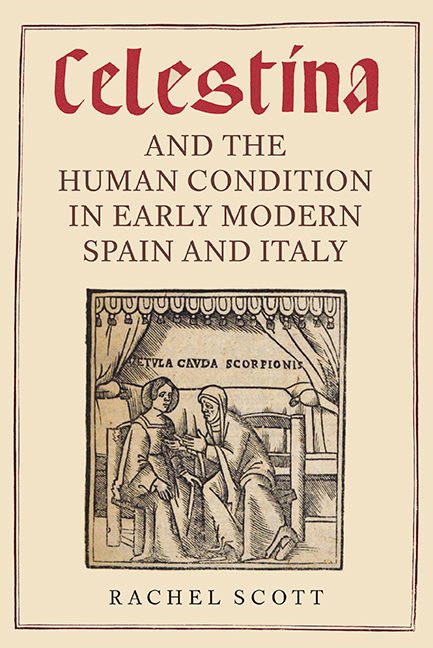Book contents
- Frontmatter
- Dedication
- Contents
- List of Illustrations
- Acknowledgements
- Note on Editions, Transcriptions, and Translations
- Introduction
- 1 Debating the Human Condition: Celestina's Interlocutors
- 2 Self-knowledge and Solitude: Diálogo de la dignidad del hombre
- 3 Fashioning Self and Society: Il Cortegiano
- 4 The Myth of Freedom: La vita delle puttane
- 5 Corrupting Women, Corrupting Words: Coloquio de las damas
- Afterword
- Bibliography
- Index
5 - Corrupting Women, Corrupting Words: Coloquio de las damas
Published online by Cambridge University Press: 16 May 2018
- Frontmatter
- Dedication
- Contents
- List of Illustrations
- Acknowledgements
- Note on Editions, Transcriptions, and Translations
- Introduction
- 1 Debating the Human Condition: Celestina's Interlocutors
- 2 Self-knowledge and Solitude: Diálogo de la dignidad del hombre
- 3 Fashioning Self and Society: Il Cortegiano
- 4 The Myth of Freedom: La vita delle puttane
- 5 Corrupting Women, Corrupting Words: Coloquio de las damas
- Afterword
- Bibliography
- Index
Summary
Reframing the Debate
The prostitute was a complex and ambiguous figure, simultaneously ‘desirable and despicable, appealing and appalling’ (Cohen 1991: 201). She was not only defined by her physicality and the sexual services she performed but held a symbolic function in society, intersecting with wider debates about class, gender, and economic status, as well as more abstract notions of agency. Despite the implicit acknowledgement that prostitution served a social good and was a necessary evil, she was regarded as a potentially dangerous figure as the living embodiment of man's fallen nature and the inherent baseness of the human condition. Like woman but not, she was also a fiction of femininity who undermined social and moral virtues and yet who was not easily differentiated from ‘honest’ women, such as the wives and daughters of respectable families. In early modern Europe we find clear evidence of a desire to control this ambiguity and regulate the prostitute's social interactions with the rest of society. These attempts took various forms and included measures to curb the prostitute's sartorial excesses and control their speech through legislation; mandates that limited them to certain parts of a town or that enforced temporary exile during certain feast days; taxation; and inspections and physical examinations to ensure cleanliness and prevent the spread of infection. As La vita delle puttane, Celestina, and other literary works that featured these women show, the prostitute could also be found in sixteenthcentury literature, which was used as a forum to engage with and mitigate her perceived danger and influence.
This chapter follows the third day of Pietro Aretino's Ragionamento as it moves to Spain and is translated into Spanish as the Coloquio de las damas by Fernán Xuárez in 1547. Like Celestina, La vita delle puttane exemplifies the fluidity of cultural exchange between Italy and Spain. It is also an example of the evolution of meaning that texts undergo when translated to different times and places. In fact, Ian Moulton compares it to ‘that other socially complex and multivalent dialogue from Renaissance Italy, Castiglione's Book of the Courtier’, arguing that its ‘nuanced views of social issues were radically simplified in transmission’ (2000: 153). Xuárez's aims are very different from those of Aretino.
- Type
- Chapter
- Information
- Publisher: Boydell & BrewerPrint publication year: 2017



